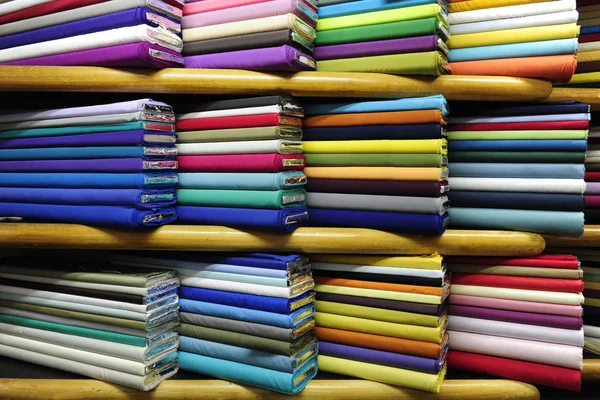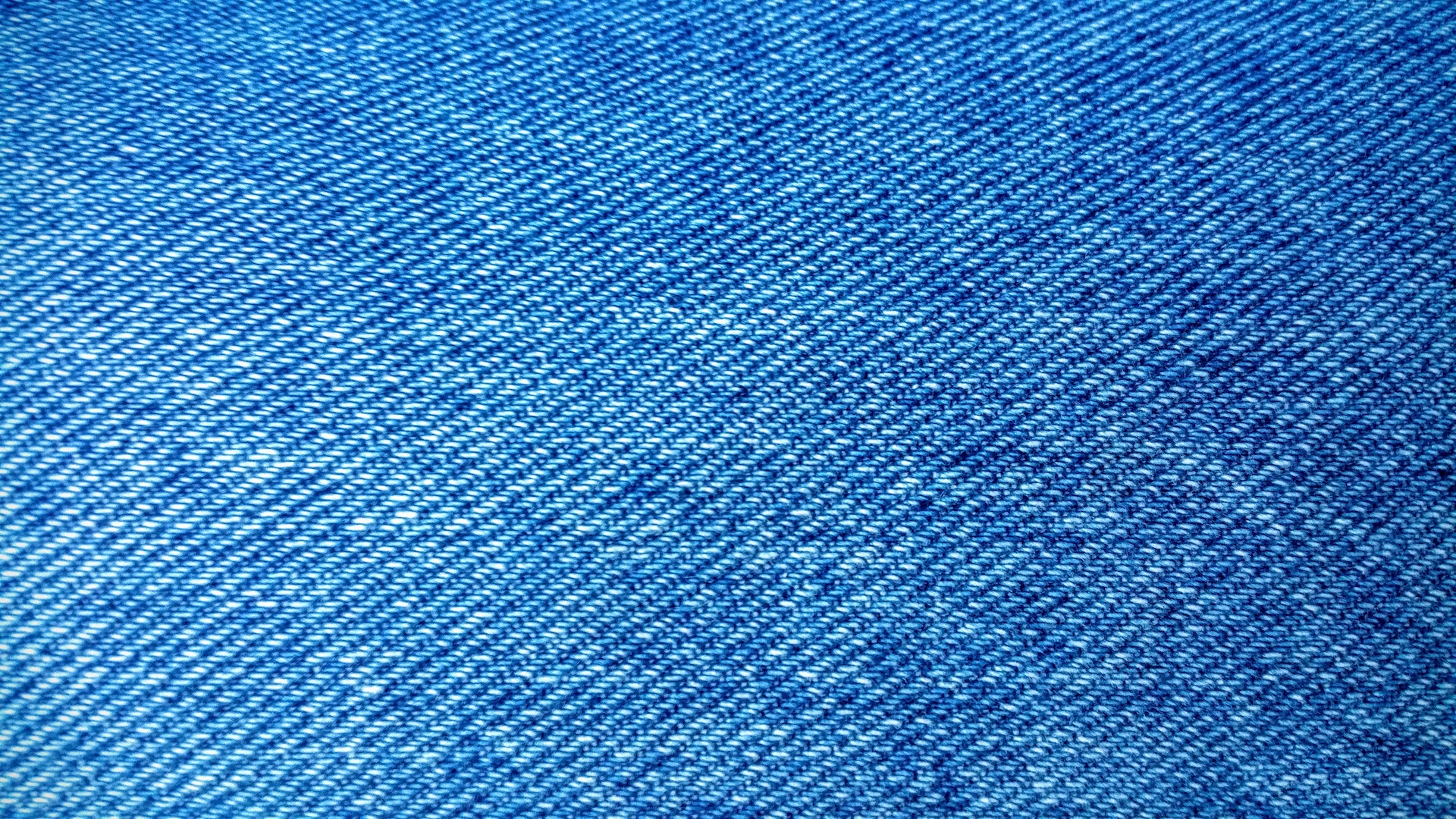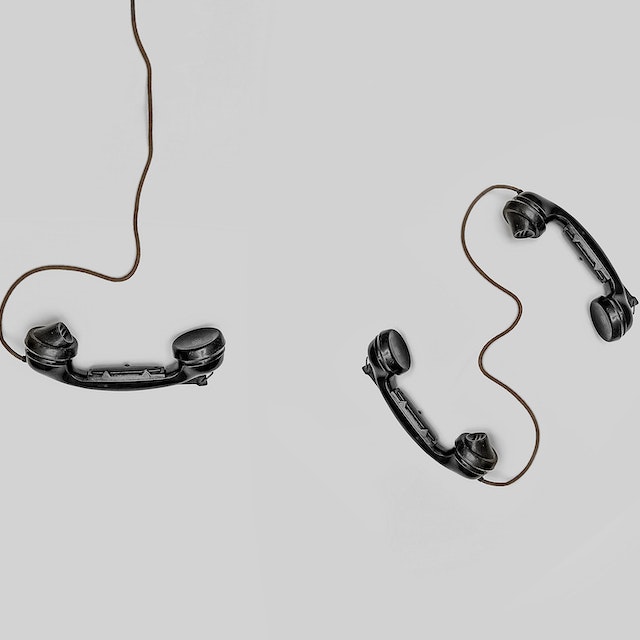Fabric Drying Application
Drying or dehydration is the process of removing vaporisable substances such as water from solid materials in order to slow or stop microorganism growth or chemical reactions.
In traditional drying methods, heat is gradually transferred from the surface of the dried material to the interior due to the temperature difference between the hot surface of the product and the colder interior during the drying process.


Textile products are subjected to various finishing processes during the production stages. During these processes, the products get moisture. Moisturised products must be dried before they are packaged and prepared for sale. Different drying methods can be used for different product types. As a result of our experiments, we found that jeans fabric (denim) can be dried efficiently with microwave in METWAVE industrial microwave
Common Product Applications:
Fabrics, textiles and nonwovens typically dried with microwave systems include
- Yarn
- Rope
- Braids
- Carpet
- Towel
- Insulation Materials
- Other nonwoven fabrics

Let us Project for You
Let us develop and propose a special project for your sector, product and needs.



